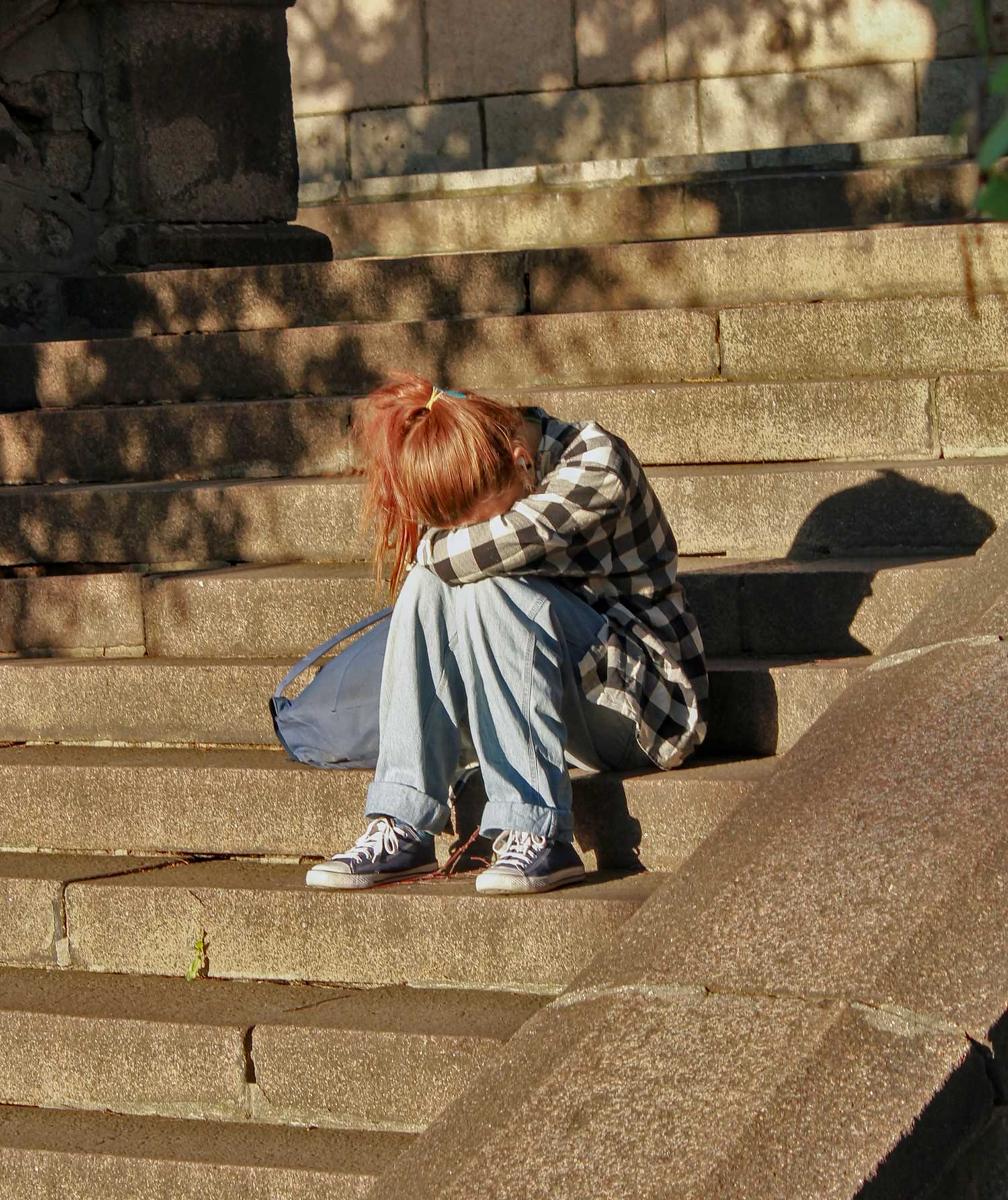RHYMES provides services to youth and young adults (YYA) ages 12-17. We have staff onsite to help meet immediate basic needs and help create a plan to address housing insecurity, homelessness, and safety needs of YYA. RHYMES services are confidential. YYA can be referred by community members, family, school resource officers, social workers, school faculty, law enforcement, mobile crisis, medical providers, friends, their self and others in their community.
It is challenging to recognize a YYA experiencing housing insecurity, homelessness, contemplating running away, or that has runaway. Many YYA bounce among family and friends or couch surf and have temporary shelter for periods of time. Other YYA stay on the street to try to find safe places they can rest. Youth emergency shelters for runaway and homeless youth often serve youth 12-17, which leaves YYA outside that age with out options that are youth centered.
RHYMES will refer YYA ages 18-24 to the Housing Navigators at the YWCA-La Crosse, in the REACH Center 212 11th St. South. 608-781-2783 ext. 250 or 204, https://reachcenterlacrosse.org/


Family Conflict
Family conflict is most often cited as the reason youth give for their homelessness or episodes of running away. The report notes that females are more likely than males to run away, and among white, Black and Hispanic youth, Black youth have the highest rates of running away.
The Voices of Youth Count was established to better understand the gaps and scope of youth experiencing homelessness. The study found that while youth across all backgrounds and upbringings can become homeless, certain demographics are more susceptible. People of color, people who identify as LGBTQ+ and young parents disproportionately experience youth homelessness at higher rates. Native American youth have more than double the risk of experiencing homelessness compared to other youth. LGBTQ+ youth experience a 120% higher risk of becoming homeless after coming out to their families. Additionally, a person’s identity can intersect with multiple demographic categories and put them at an even higher risk of homelessness.
Homeless Youth Vulnerability
All homeless youth, due to their unstable housing and a lack of a safe, caring adult, are inherently vulnerable to their surroundings. Youth in or aging out of foster care and youth involved in the juvenile justice system are even more vulnerable to the dangers of homelessness. (ncsl.org/human-services/youth-homelessness-overview)

